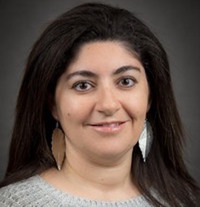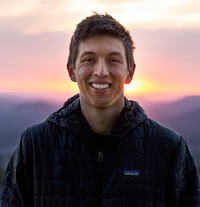Background
Since 2010, when we first started discussing how frustrating and redundant it was to organize and format paleoclimate data, we’ve been working towards the LiPDverse, and the rest of the “LiPD Ecosystem” of data, analysis and visualization tools. Early on this was mostly complaining to likeminded colleagues, then we started envisioning what a good solution might look like, then it became a hobby, and starting in 2014 we received our first round of funding from the National Science Foundation to support paleoclimate informatics.
This funding turned paleoclimate informatics from a hobby to a research focus, helped us expand our team, and led to LiPD, geoChronR, Linked Earth, pyleoclim, and integration with multiple data synthesis projects through Past Global Changes (PAGES) and other organizations. As the number and diversity of files grew, it became clear that we needed a centralized way to share, visualize and distribute these datasets – thus, the LiPDverse.
Despite how far we’ve come in the past decade, in many ways we’re just starting in our goals of a robust paleoscientific cyberinfrastructure that will accelerate scientific discovery. To accomplish these goals (and more) we need to continue to grow and diversify our team, increase the contributions from the community, and hear new visions for what the future should hold. If you’re interested in contributing, or just want to share some ideas, please let us know!
The team

Nick McKay
Northern Arizona University
School of Earth and Sustainability

Julien Emile-Geay
University of Southern California
Department of Earth Science

Deborah Khider
University of Southern California
Information Sciences Institute

Dave Edge
Northern Arizona University
School of Earth and Sustainability

Chris Heiser
Lead Technical Developer (2015-2019)
